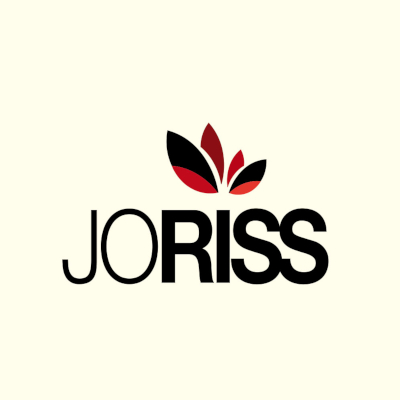
Title: Memory for real-life events: how do contextual associations modulate high-order brain dynamics?
Directors: Patrice ABRY & Sze Chai KWOK
Discipline: Cognitive Science
Status: Completed Project
Starting date: 2018
Directors
Summary
Goal and significance
We intend to combine neuroimaging techniques (Kwok and Macaluso) and advanced neural data analytical tools (Abry) to quantify temporal information embedded in real-life events to characterize the “higher-order” semantic structure in our episodic memory.
Agenda and project description
Episodic memories are made as we go about our daily life: what event has happened, with whom, where and when. The proposed Incubating Project (new project) for JORISS 2017 will involve looking at novel contexts, including triggering episodes in the real-life of the participants using mobile phone technology (ongoing projects of Macaluso at Lyon 1) and studying the interaction between different kinds of temporal-order memory (ongoing projects of Kwok at ECNU).
The project will target mechanisms of episodic memory retrieval in life-like conditions. The research methodology will include advanced functional imaging methods [effective connectivity and multivariate analyses, see Abry (Abry & Didier, 2018; Wendt, Didier, Combrexelle, & Abry, 2017)], electroencephalogram (EEG), as well as transcranial magnetic stimulation. The main notion is that in real-life conditions different episodes/events are not independent, but are connected in a meaningful manner. For example, if a friend sends me an SMS saying that we should meet at the train station (event 1) and then I see him in front of the station (event 2) these two events are coupled. One could think about many other different types of “event-coupling” (e.g., different stages/missions in a video-game). We aim to formulate formal ways of representing these links, which would then allow us to search for the corresponding neural correlates in the brain (e.g., our recent work: (Fagioli & Macaluso, 2016; Macaluso & Ogawa, 2017; Santangelo, Di Francesco, Mastroberardino, & Macaluso, 2015; Ye et al., 2017).






